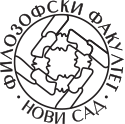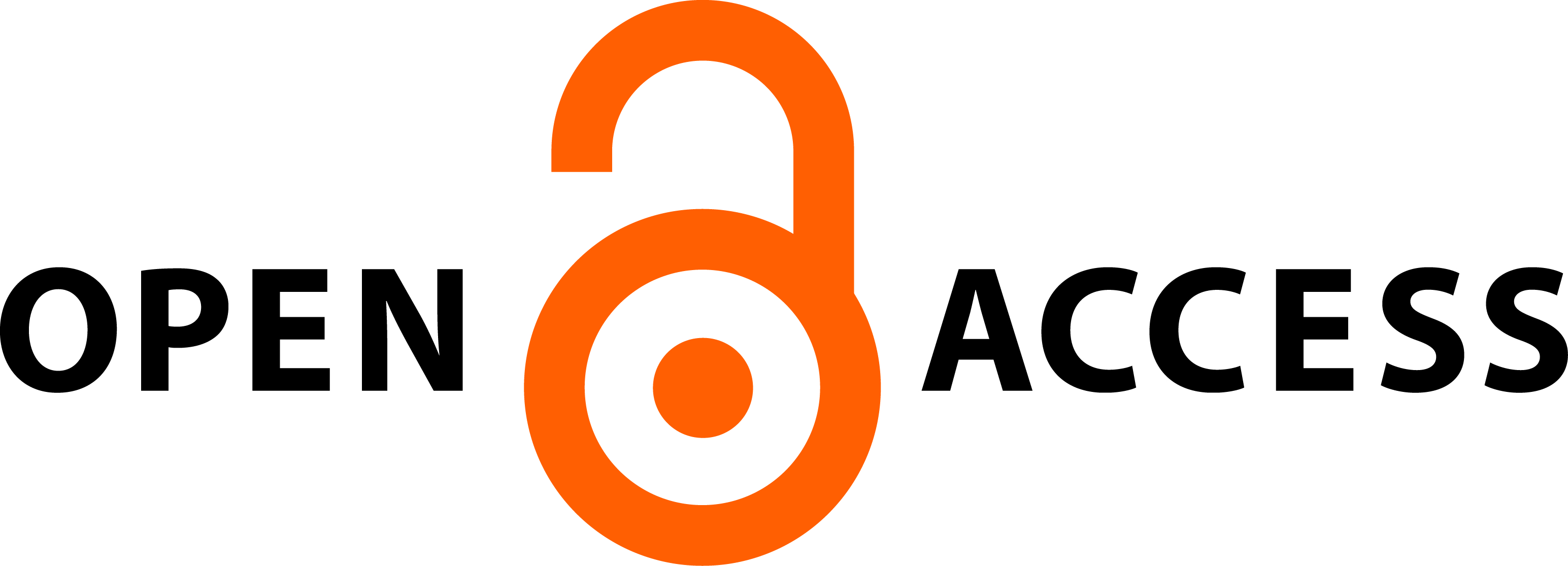TÖRTÉNETIETLEN VÍZIÓ A TÖRTÉNELEMRŐL PETŐFI SÁNDOR: TIGRIS ÉS HIÉNA
Absztrakt
Petőfi egyetlen befejezett drámája nem tartozik a szerző népszerű és gyakran emlegetett művei közé. Nem is vált az életmű integráns részévé az értelmezése: Horváth János nagymonográfiájában is alig néhány elmarasztaló szó jut ennek a darabnak, amelyek inkább az írói kudarcot akarják érthetővé tenni. Horváth szavai – bármennyire igazak is – alapvetően az olvasmányként értett színművek kritériumai felől vannak megfogalmazva, s nem a dráma színpadi létmódja felől. Pedig attól, hogy egy darab ilyen típusú szövegalkotással jellemezhető, még lehet működőképes alapanyaga egy előadásnak. Kétségtelen, drámája nélkülözte azt a kreatív színpadi recepciót, amely igazolhatta volna ennek a nyilván formabontó formanyelvnek a létjogosultságát. Ám ez nem jelenti azt, hogy Petőfinek ezen műnemben tett írói kirándulásait ne kellene komolyan venni. S hogy elfelejthetnők Petőfi gyakorlati színházi tapasztalatainak a számontartását a darab elemzésekor.
Hivatkozások
Fekete Sándor. 1972. Petőfi romantikájának forrásai. Budapest: Akadémiai.
Hojdák Gergely. 2017. „A sors bábjai”: Közelítések Petőfi Sándor drámájához. Irodalomismeret (3): 18–36.
Horváth János. 1922. Petőfi Sándor . Budapest: Pallas.
Kazimir Károly. 1968. Petőfi a Körszínházban. Budapest: Magvető.
Kerényi Ferenc. 1981. A régi magyar színpadon 1790–1849. (Elvek és utak .) Budapest: Magvető.
Kerényi Ferenc. 2008. Petőfi Sándor élete és költészete. Budapest: Osiris.
Korompay H. János. 1998. A „jellemzetes” irodalom jegyében: Az 1840-es évek irodalomkritikai gondolkodása . Budapest: Akadémiai Kiadó–Universitas.
Margócsy István. 2011. Petőfi és az irodalmi gépezet: Petőfi mint modern polgári író. In Petőfi-kísérletek: Tanulmányok Petőfi Sándor életművéről. 52–79. Pozsony: Kalligram.
Martinkó András. 1975. A Tigris és hiéna körbejárása. It 57 (1): 49–69.
Nagy Imre. 1993. Nemzet és egyéniség: Drámairodalmunk az 1810-es években: a hazafiság drámái. Budapest: Argumentum.
Petőfi Sándor. 1952. Tigris és hiéna. In Petőfi Sándor szépprózai és drámai művei, sajtó alá rendezte Varjas Béla. (Petőfi Sándor Összes Művei IV.) 144–200. Budapest: Akadémiai.
Petőfi Sándor. 1956. Legyen az ember drámairó! In Petőfi Sándor vegyes művei: Útirajzok, naplójegyzetek, hírlapi cikkek és egyéb prózai írások, sajtó alá rendezte V. Nyilassy Vilma–Kiss József. (Petőfi Sándor Összes Művei V.) 36. Budapest: Akadémiai Kiadó.
S. Laczkó András. 2019. Új nap, régi fény: Mohács a reformkori magyar lírában . Pécs: Pro Pannonia Kiadói Alapítvány.
Szabó-Reznek Eszter. 2016. Meltzl Hugó és a kolozsvári Petőfi-ellenkánon: Kísérlet a „nemzeti költő” regionális újraértelmezésére. ItK 120 (2): 215−224.
Törő Györgyi. 1962. Petőfi anyagi helyzete. In Tanulmányok Petőfiről, szerk. Pándi Pál–Tóth Dezső. 41–90. Budapest: Akadémiai Kiadó.
Vachott Sándor. 1960. Vachott Sándor Erdélyi Jánosnak [Tápiósáp, 1846. júl. 9.]. In Erdélyi János levelezése I ., sajtó alá rendezte T. Erdélyi Ilona. 273–274. Budapest: Akadémiai.
Vahot Imre emlékiratai [1881]. Budapest: Aigner Lajos.








